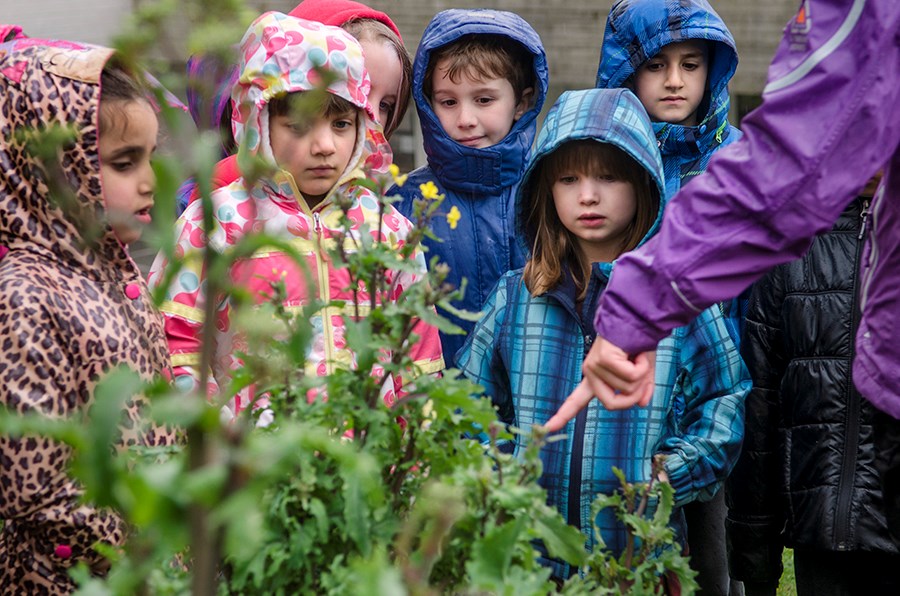Inman Elementary students are hoping to get their hands dirty in a new school garden before the end of the school year.
The garden was approved in principle by the district months ago, according to a report to the school board last month, but a spot for the garden has yet to be given the final go ahead.
“We’ve talked to our students, we’ve done a survey, and they’re pretty keen to go,” Inman principal Wally Kanno told the NOW, “so we’re hoping that before momentum peters out and people start losing their focus, it would be nice to have something there so that they can actually see that what they surveyed on and what they’ve been working towards is actually there.”
The school’s garden committee, made up of school staff, parents and grandparents who have met since late fall, has secured about $2,500 in grants and plans to get students growing both edible and decorative plants, according to Kanno
“Depending on how much (garden space) we get, each of the classrooms would have a plot in the garden and then would be responsible for planting, weeding and watering it,” he said.
The idea was spearheaded by school librarian Brenda Carson, an avid gardener who didn’t want students who don’t have gardens at home to miss out on an opportunity to grow things, according to Kanno
The activity would take place during class time and become part of the curriculum, the Inman principal said.
“There are lots of tie-ins with science and all that,” he said.
School gardens have taken off in Burnaby in recent years.
There are now 22 in the district – four secondary and 18 elementary – but no formal guidelines exist to approve or govern them.
That’s about to change.
“We thought, because there’s more and more interest in these, we should formalize our process a little bit more,” district secretary-treasurer Greg Frank told the NOW, “so we’re reviewing all of what we believe our requirements are, and trying to come up with guidelines that everybody can understand and follow, and also identify who has responsibility for different pieces.”
The guidelines will govern placement of the gardens, edible crops, water supply, summer maintenance and long-term plans for upkeep, Frank said.
The guidelines will also identify a point person in the district office for gardens.
“It’ll be clear where people need to go with the issue, and we, of course, will be working on our own communication internally so that it’s easier for people to get the answers they need,” Frank said.
That’s good news to community member Barb McMahon, a driving force behind Burnaby’s first organic edible school garden, built in 2011 and still thriving at Forest Grove Elementary.
At two recent symposiums for schools interested in gardens, McMahon said communication with the district was a common concern brought up by participants.
She also hopes the new district guidelines project a more can-do attitude towards school gardens than the approach she said the district has taken thus far.
While Forest Grove has permanent raised beds, for example, McMahon said the district has recently started moving toward gardens made up of a collection of galvanized horse troughs.
“They want things in galvanized boxes because those can easily be moved,” she said. “Anything permanent, like what we have at Forest Grove and Windsor, they’re not see as possible right now … The way it reads, it puts people in the frame of mind that they don’t believe it’s going to work.”
For McMahon, gardening isn’t an end in itself.
Her business, Sprouting Chefs, also partners with schools to teach students to cook healthy food using ingredients they’ve grown.
For such programs to work, there needs to be long-term commitment, she said.
“Over time, that’s when you actually see eating habits change,” McMahon said.
At Inman, meanwhile, the district has told Kanno the garden will consist of galvanized horse troughs, and he’s OK with that – for now.
“We’re cool with that as long as we can have something out there growing,” Kanno said. “That’s what our goal is first.”



